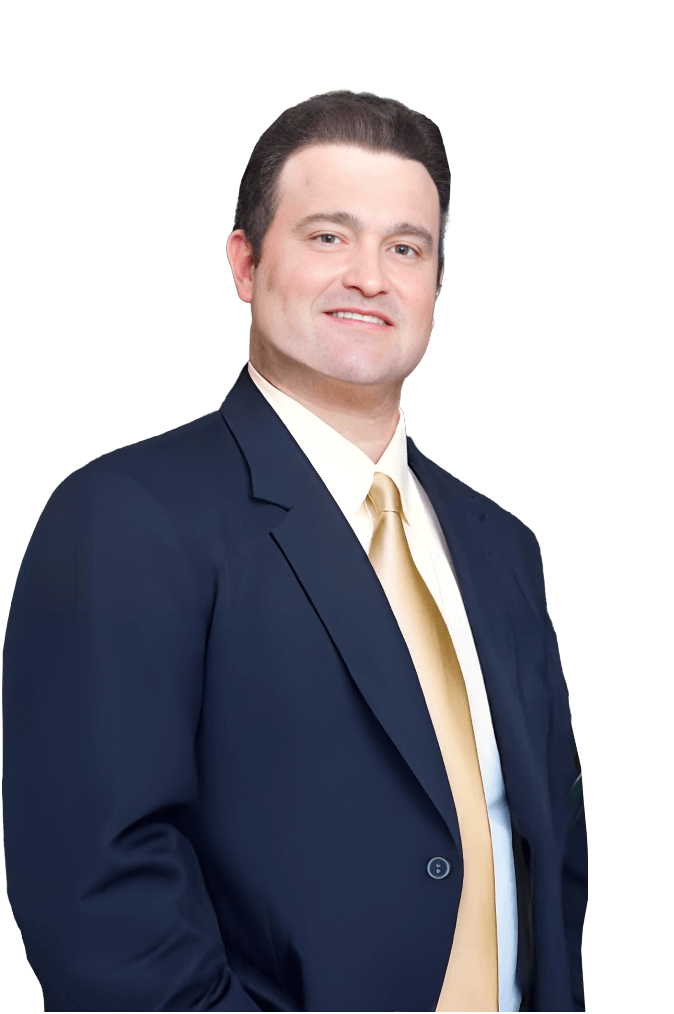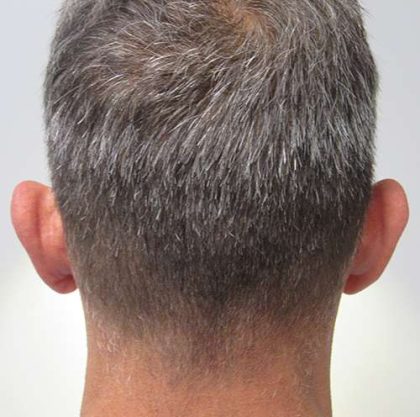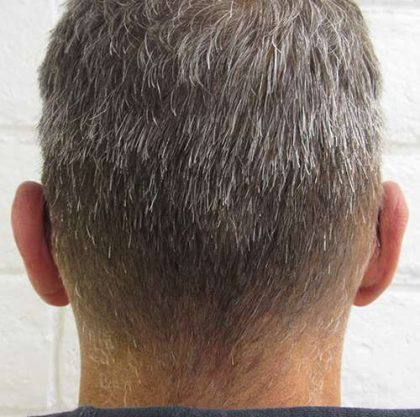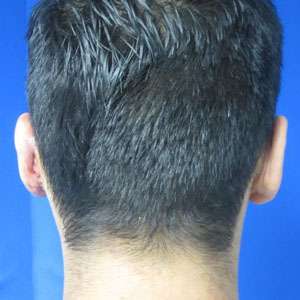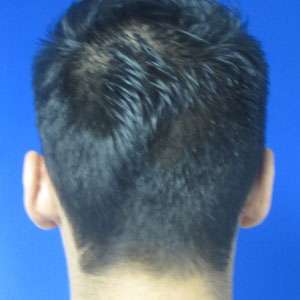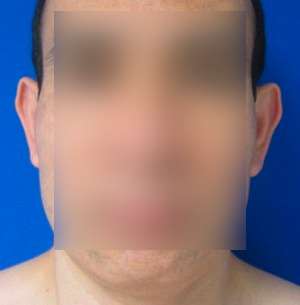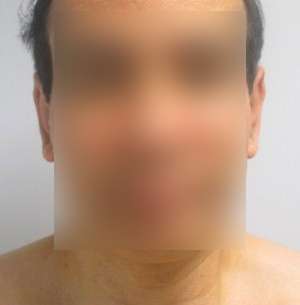Ear Surgery
Conveniently located to serve the areas of Beverly Hills and Los Angeles, CA

Otoplasty or ear pinning surgery in Los Angeles and Beverly Hills is performed as a short outpatient procedure at Hughes Plastic Surgery. The ear pinning procedure is used to treat prominent ear deformity in which the ears have varying degrees of separation from the side of the head. Dr. Hughes has performed dozens of these procedures, although the procedure is not nearly as common as other plastic surgery procedures. Make sure that the plastic surgeon you select for your ear pinning surgery has performed and does perform these surgeries on a regular basis.
Before and After Photos
Otoplasty
Ear correction procedures involve a host of deformities, including the most common prominent ear deformity. The prominent ear deformity has several varieties and patients complain of ears that stick out. See the before and after ear pinning photo galleries to get an idea of this deformity. The ears are remodeled with a variety of surgical techniques including cartilage removal and stitch remodeling to achieve natural-appearing ears without any noticeable scars. The incision for the procedure is hidden on the back of the ear.
Other ear deformities may include a very large ear known as macrotia. This ear deformity can be reduced in size by removing both skin and cartilage.
Patients may have a lop ear deformity or cup ear deformity. In this instance, the ear is somewhat constricted and depending upon the degree of constriction, the surgery can be very straightforward or very difficult. If the ear is very deficient in length, grafts or flaps may be necessary to increase the length of the upper pole of the ear.
It is important to realize that no two deformities are the same. Dr. Hughes will formulate a surgical plan that is just for you.
Surgery Day
In general, the surgical procedure takes about one hour or less and can be performed with only local anesthesia. However, some of the more complicated surgeries can take several hours to complete. An additional benefit to the patient is that he or she can drive him or herself to and from the procedure.
Recovery
The downtime is minimal. One should expect about 1 week of bruising and swelling. However complete healing can take 6 weeks or more, and patients should be very careful in not bumping or traumatizing the ears during recovery.
Cost
- $7500 to $12,000
DRESSINGS
- Keep the head dressing on for 2 days. You may remove the head dressing on day 2. If there is discomfort or tightness prior to day 2 , the head dressing may be removed or adjusted.
- It is normal to have numbness over the surgical sites for several weeks or months.
- Do not use a heating pad or ice around the surgical sites. It could cause a burn.
- You may not shower the first 2 days – sponge bathe only, until dressings are removed at your first post-op visit.






















